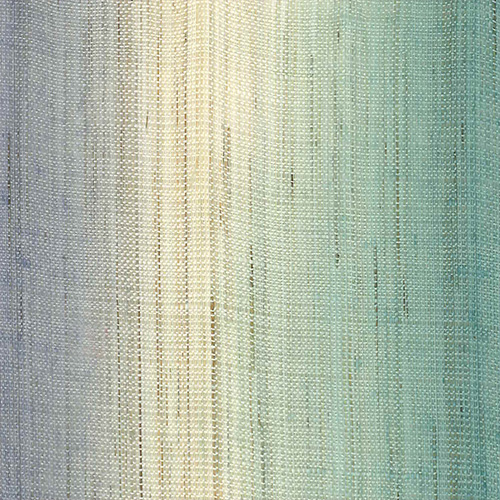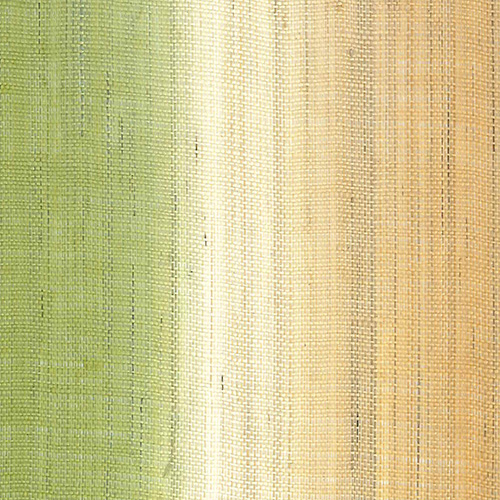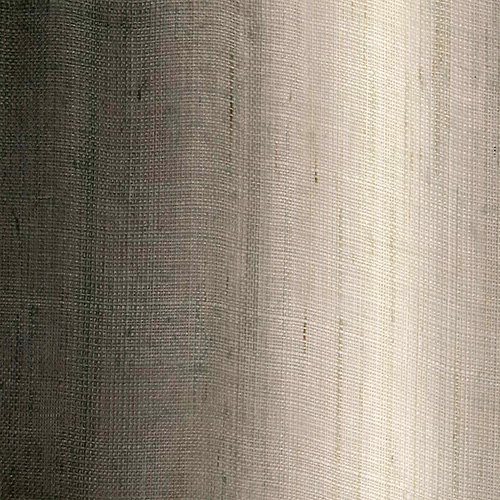Color
生地色見本・カラーシミュレーター
生地色見本・カラーシミュレーター
■How to use the color simulator
Select the "Color on the left" or the "Color on the right" button, and proceed by selecting your favorite color from the fabric list.
*By clicking the "Color on the left" or "Color on the right" button, the left or right color displayed on the simulator will change accordingly.
* The color of the fabric might slightly differ from the color of the actual product, depending on the used devices monitor and the lighting of the environment.
* If you would like to see the actual shade of the available fabric, please visit a retail store that carries Takaokaya products, or the showroom located in our head office.
Cotton
Takaokaya has more than 50 fabric shades and patterns choices in our collection. Our solid color fabrics specifically are dyed with a special mura-zome dyeing technique, which creates an interesting irregularity of color streaks on the fabrics that are very quintessential of the majority of Takaokaya products.
Linen
The linen used by Takaokaya is called kibira. It is different from normal linen because it is produced using traditional techniques, where the threads are made by cutting the linen stock and soaking it for 1-2 days. This soaking process will not only remove the dirt on the surface of the stock but also splits the stock into fine threads and joint them back together. The presence of the black and white color streaks on the thread on the finished product is due to sun exposure. Parts of the stem which are exposed turns black, while the inner part of the stem produces white threads.
Special Fabrics
The use of special fabrics is limited to the Ojami series products. Click the corresponding icons below for more information.
- No.001 Kinutaseiji
- No.003 Fujimurasaki
- No.004 Kikaracha
- No.005 Wasurenagusairo
- No.006 Urahairo
- No.007 Satozakura
- No.008 Kinmokusei
- No.009 Torinoko
- No.010 Kamiyagami
- No.011 Chigusa
- No.012 Okinagoke
- No.013 Suou
- No.014 Kyoukanoko
- No.015 Shoubi
- No.016 Sharegaki
- No.017 Onando
- No.018 Hihada
- No.020 Tsutsujiiro
- No.021 Nanohanairo
- No.022 Moegi
- No.023 Kuchinashi
- No.169 Rangyoku
- No.191 Kachiiro
- Arare Purple
- Arare Green
- Arare Black
- Arare Pink
- Arare Red
- Sanshoku Arare (Tricolor Arare)
- Shima Kinari
- Shima Green
- Shima Blue
- Shibori Green
- Shibori Pink
- Shibori Black
- Hoshi Shippo Navy
- Hoshi Shippo Red
- Bubble Haru (Bubble Spring)
- Bubble Fuyu (Bubble Winter)
- meizu black
- meizu white
- meizu yellow
- Marble Black
- Suguri Black
- Floral Green
- Floral Pink
- Bouquet Blue
- Bouquet Red
- No.087 Naeiro
- No.088 Asahanada
- No.089 Aonibi
- No.090 Torinoko
- No.091 Hanabiramochi
- No.092 Tachibana
- No.093 Sekichiku
- No.094 Chojicha
- No.095 Sorairo
- No.096 Sumi
- No.097 Sabie
- No.098 Tencha
- No.099 Indoai
- No.100 Tsutsujiiro
- No.101 Fujimurasaki
- Hikizome Blue
- Hikizome Green
- Hikizome Black
- No.001 Kinutaseiji
- No.003 Fujimurasaki
- No.004 Kikaracha
- No.005 Wasurenagusairo
- No.006 Urahairo
- No.007 Satozakura
- No.008 Kinmokusei
- No.009 Torinoko
- No.010 Kamiyagami
- No.011 Chigusa
- No.012 Okinagoke
- No.013 Suou
- No.014 Kyoukanoko
- No.015 Shoubi
- No.016 Sharegaki
- No.017 Onando
- No.018 Hihada
- No.020 Tsutsujiiro
- No.021 Nanohanairo
- No.022 Moegi
- No.023 Kuchinashi
- No.169 Rangyoku
- No.191 Kachiiro
- Arare Purple
- Arare Green
- Arare Black
- Arare Pink
- Arare Red
- Sanshoku Arare (Tricolor Arare)
- Shima Kinari
- Shima Green
- Shima Blue
- Shibori Green
- Shibori Pink
- Shibori Black
- Hoshi Shippo Navy
- Hoshi Shippo Red
- Bubble Haru (Bubble Spring)
- Bubble Fuyu (Bubble Winter)
- meizu black
- meizu white
- meizu yellow
- Marble Black
- Suguri Black
- Floral Green
- Floral Pink
- Bouquet Blue
- Bouquet Red
- No.087 Naeiro
- No.088 Asahanada
- No.089 Aonibi
- No.090 Torinoko
- No.091 Hanabiramochi
- No.092 Tachibana
- No.093 Sekichiku
- No.094 Chojicha
- No.095 Sorairo
- No.096 Sumi
- No.097 Sabie
- No.098 Tencha
- No.099 Indoai
- No.100 Tsutsujiiro
- No.101 Fujimurasaki
- Hikizome Blue
- Hikizome Green
- Hikizome Black
To utilize the color simulator, please select the cotton fabric shades from the first and second color tab available to create your desired color combination.
Cotton・Mura-zome Dyeing
-
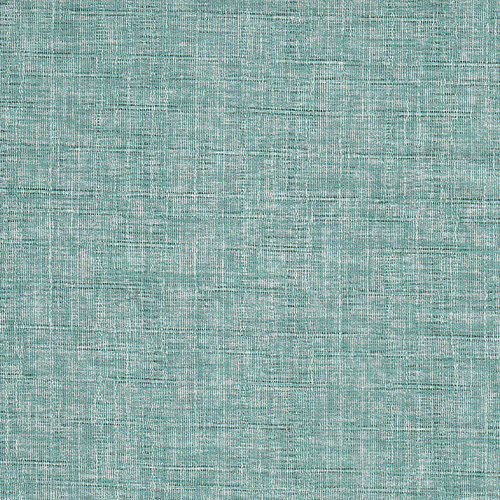 KinutaseijiSky Blue
KinutaseijiSky Blue -
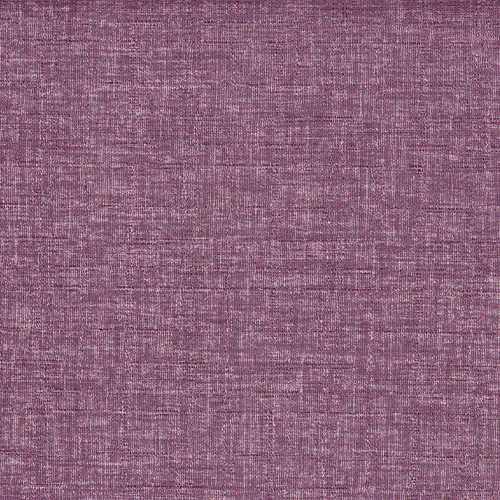 FujimurasakiPurple
FujimurasakiPurple -
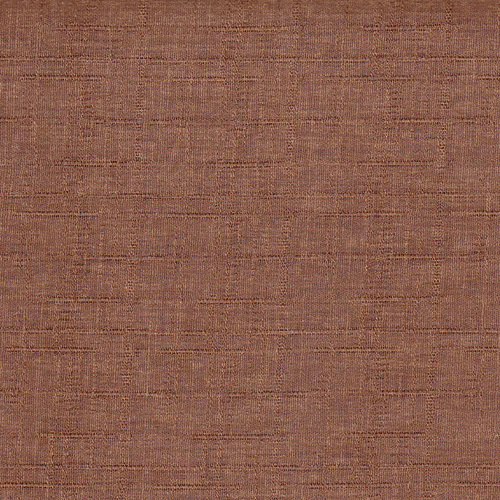 KikarachaBrown
KikarachaBrown -
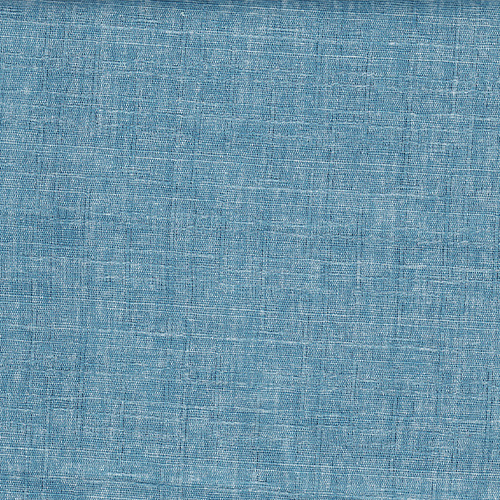 WasurenagusairoForget-me-not Blue
WasurenagusairoForget-me-not Blue -
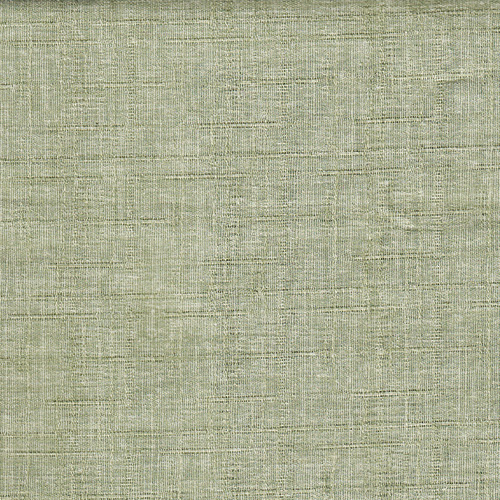 UrahairoPastel Green
UrahairoPastel Green -
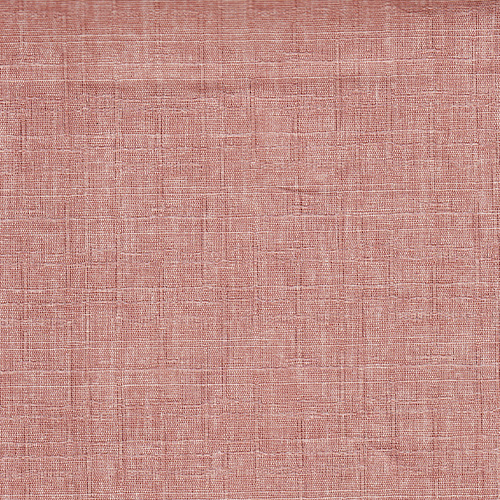 SatozakuraCherry Blossom Pink
SatozakuraCherry Blossom Pink -
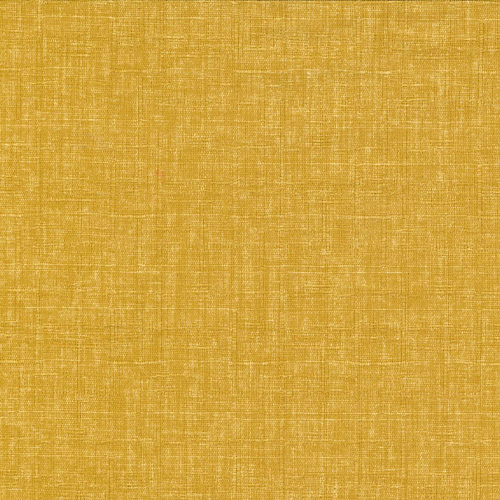 KinmokuseiOsmanthus Yellow
KinmokuseiOsmanthus Yellow -
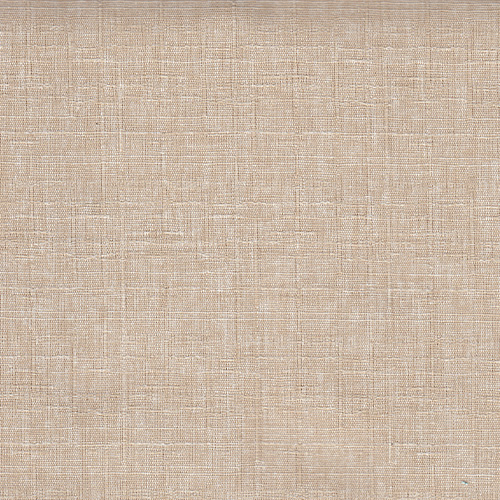 TorinokoBeige
TorinokoBeige -
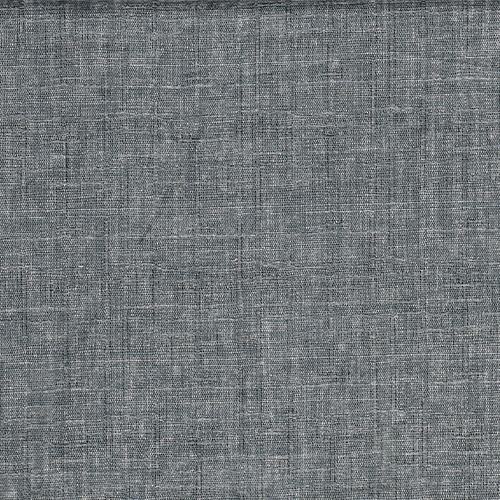 KamiyagamiGrey
KamiyagamiGrey -
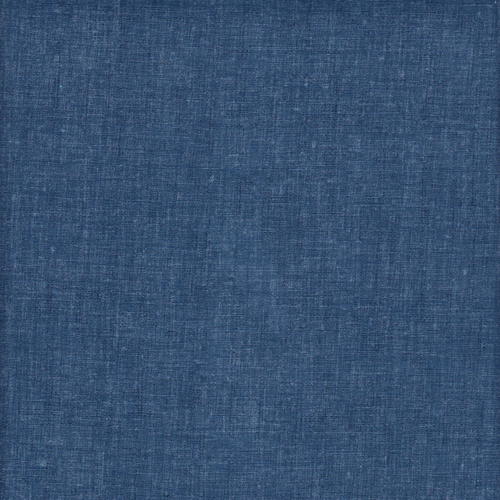 ChigusaNavy Blue
ChigusaNavy Blue -
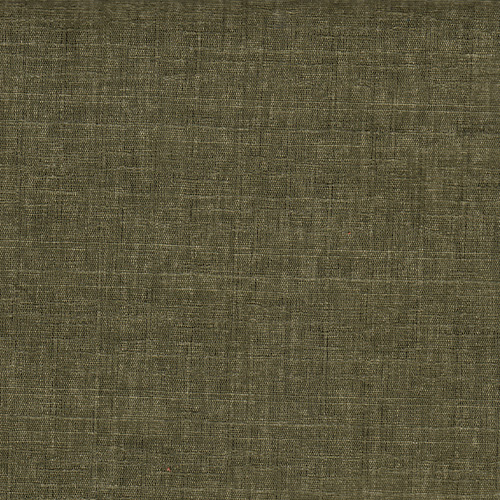 OkinagokeMoss Green
OkinagokeMoss Green -
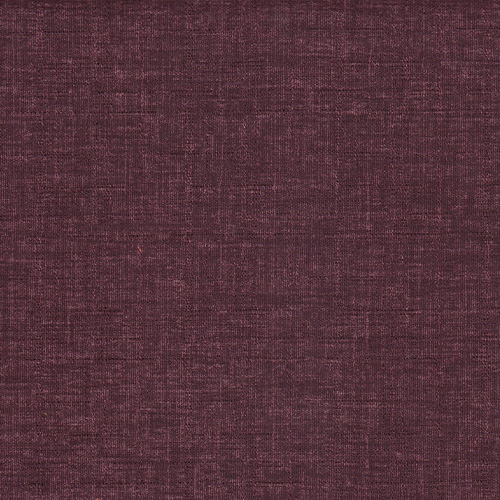 SuouWine Red
SuouWine Red -
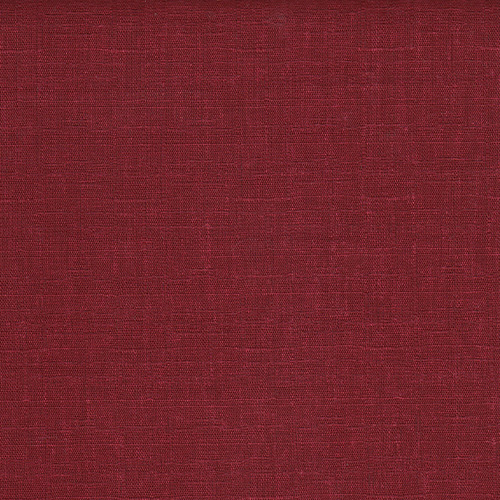 KyoukanokoRed
KyoukanokoRed -
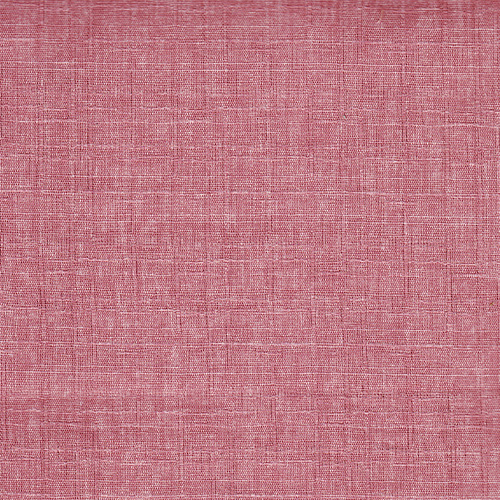 ShoubiRose Pink
ShoubiRose Pink -
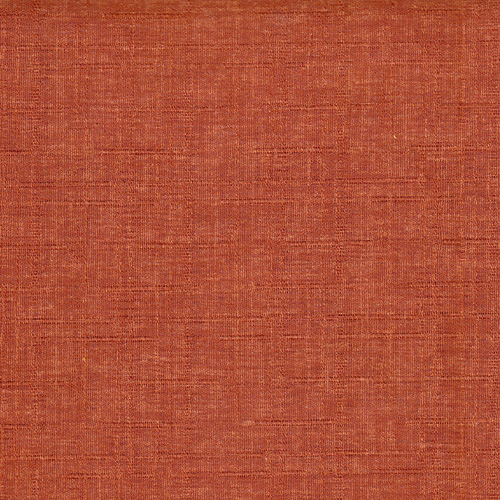 SharegakiOrange
SharegakiOrange -
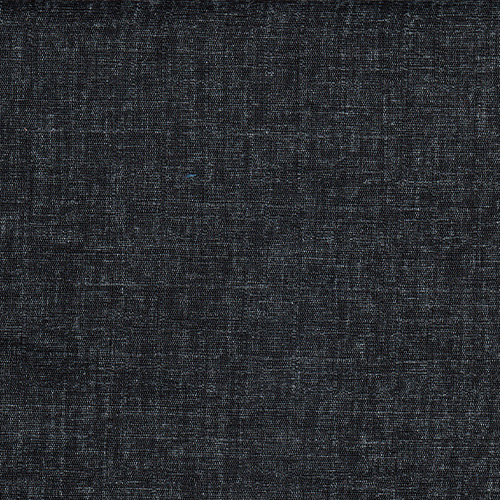 OnandoObsidian Black
OnandoObsidian Black -
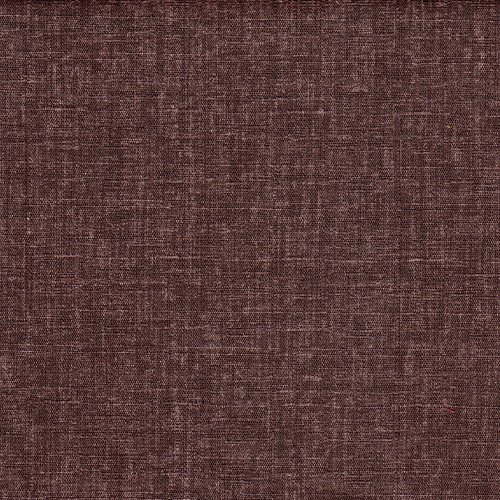 HihadaSepia
HihadaSepia -
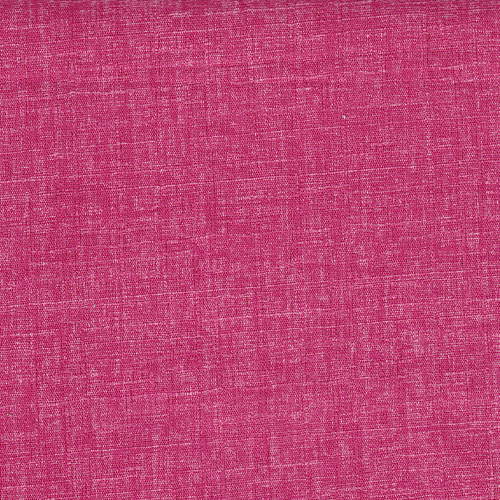 TsutsujiiroFuchsia
TsutsujiiroFuchsia -
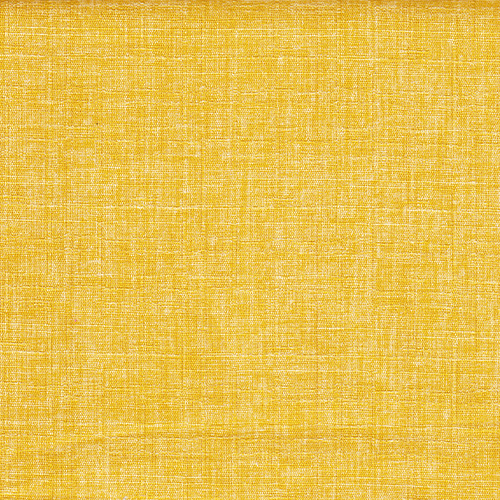 NanohanairoRape Blossom Yellow
NanohanairoRape Blossom Yellow -
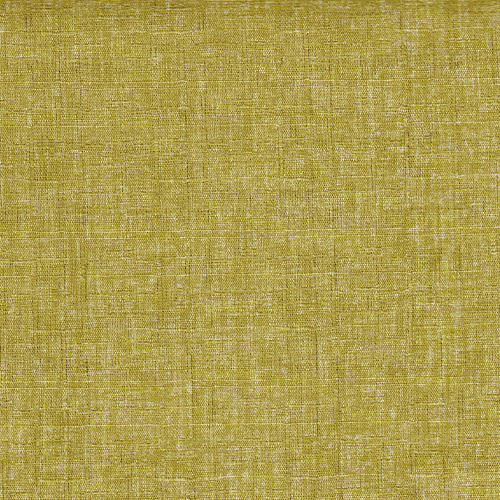 MoegiLeaf Green
MoegiLeaf Green -
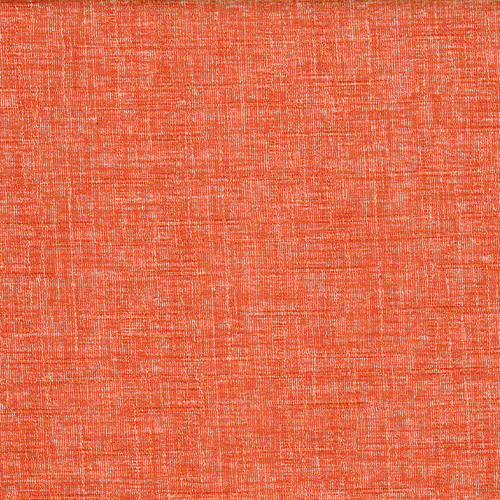 KuchinashiTangerine
KuchinashiTangerine -
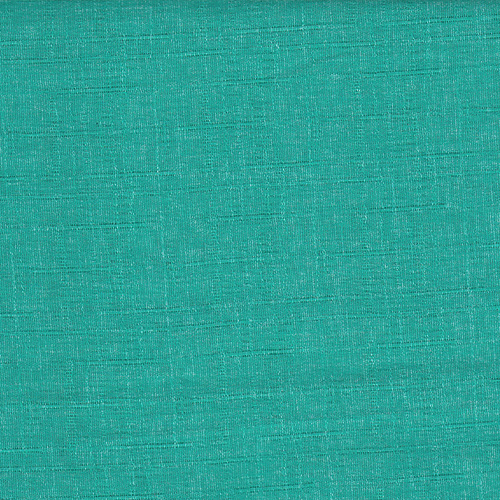 RangyokuAquamarine
RangyokuAquamarine -
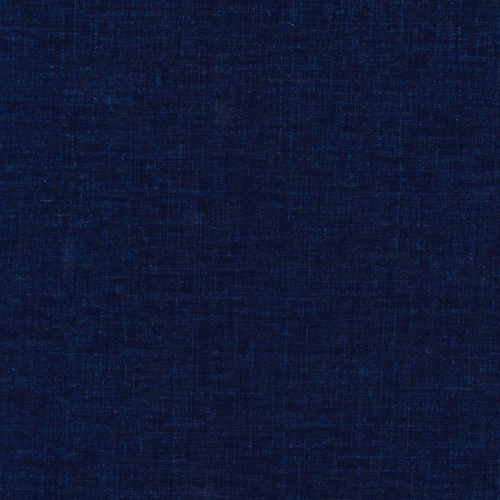 KachiiroDeep Indigo
KachiiroDeep Indigo -
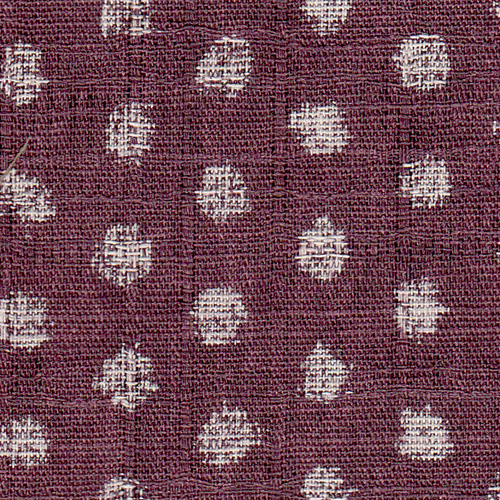 Arare Purple
Arare Purple -
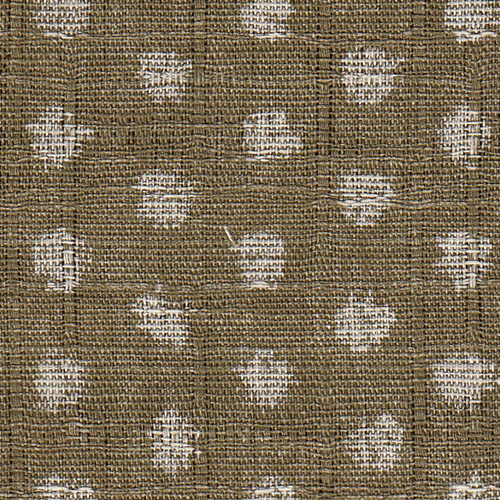 Arare Green
Arare Green -
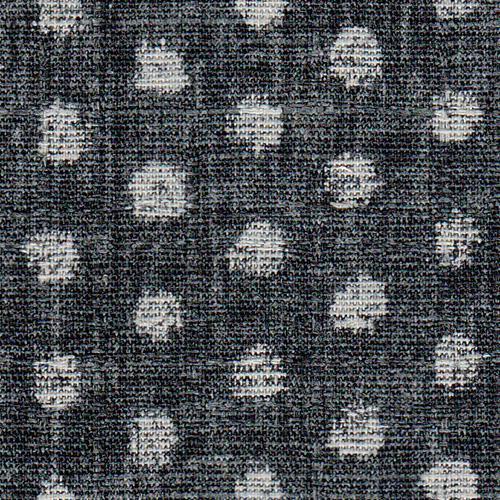 Arare Black
Arare Black -
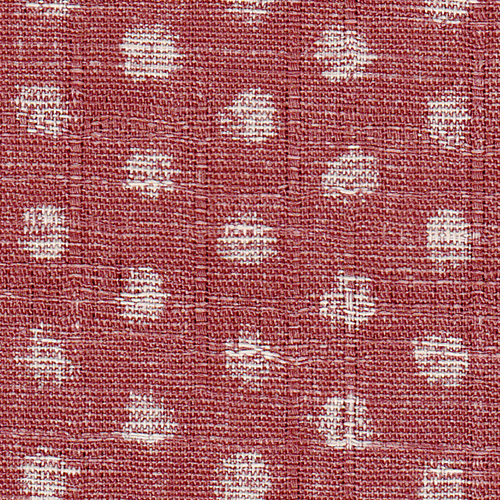 Arare Pink
Arare Pink -
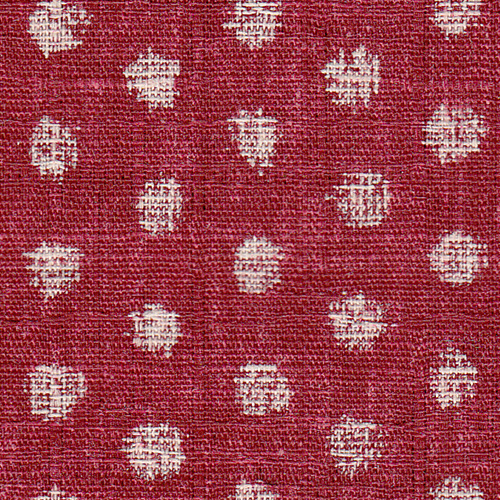 Arare Red
Arare Red -
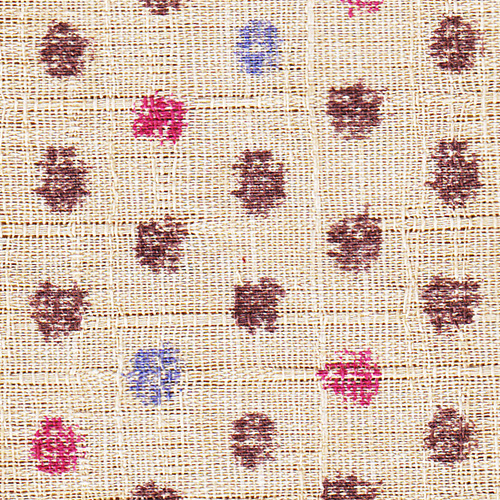 Sanshoku Arare (Tricolor Arare)
Sanshoku Arare (Tricolor Arare) -
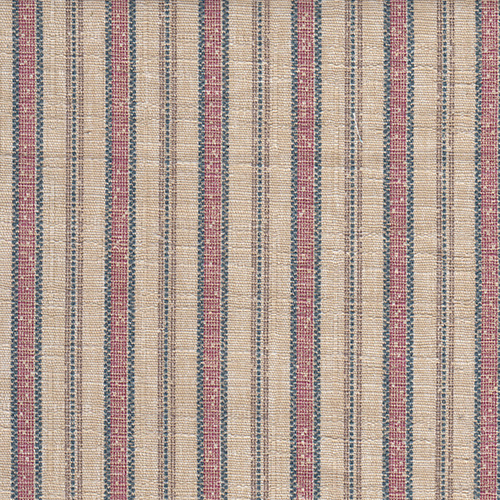 Shima Kinari
Shima Kinari -
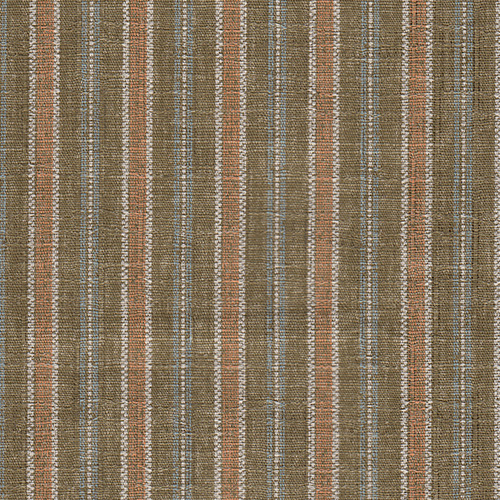 Shima Green
Shima Green -
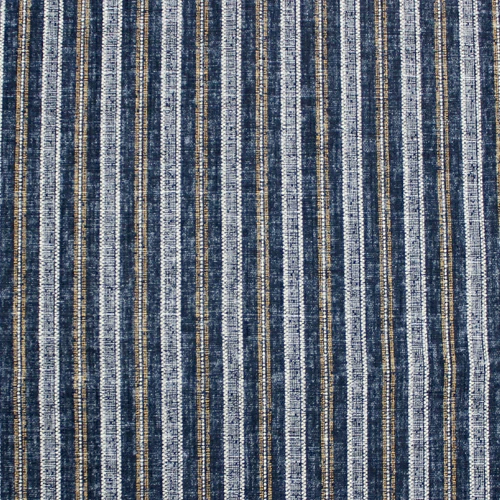 Shima Blue
Shima Blue -
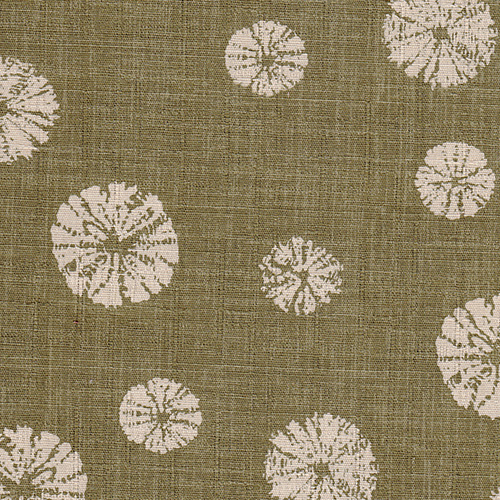 Shibori Green
Shibori Green -
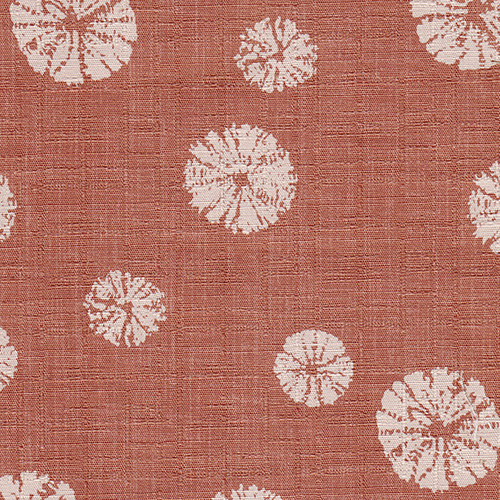 Shibori Pink
Shibori Pink -
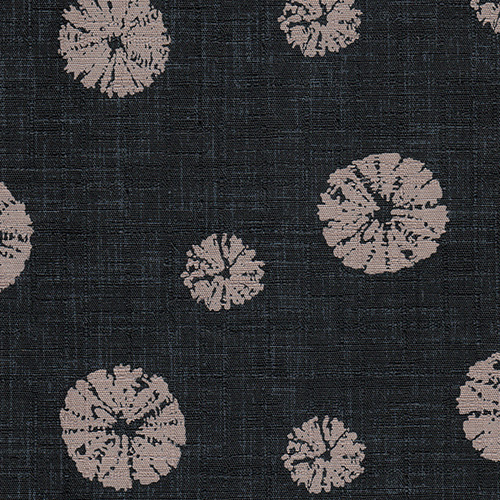 Shibori Black
Shibori Black -
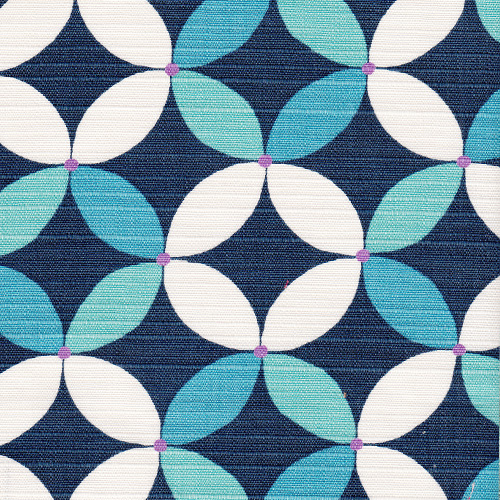 Hoshi Shippo Navy
Hoshi Shippo Navy -
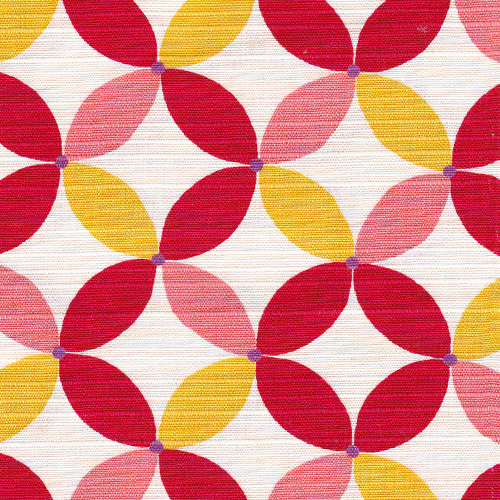 Hoshi Shippo Red
Hoshi Shippo Red
Cotton・ilda studio
-
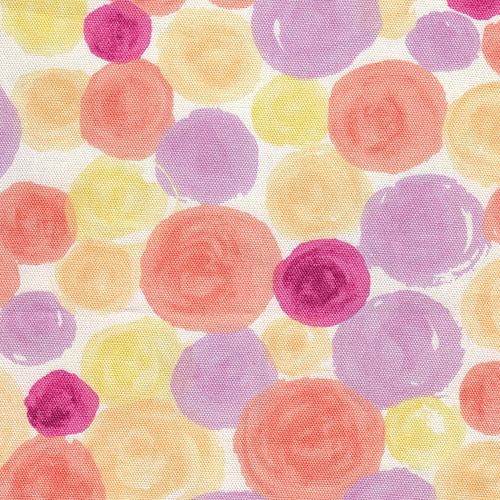 Bubble Haru (Bubble Spring)
Bubble Haru (Bubble Spring) -
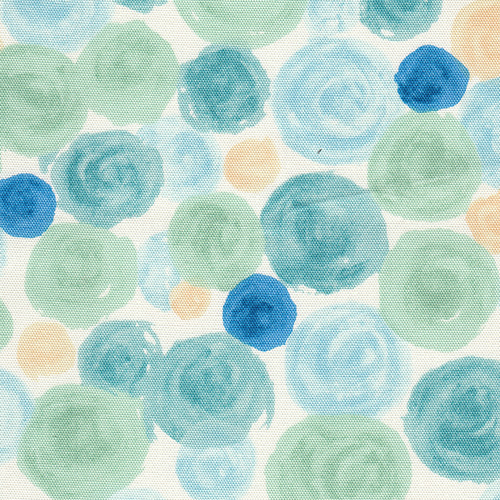 Bubble Fuyu (Bubble Winter)
Bubble Fuyu (Bubble Winter)
Cotton・Nordic Pattern
-
 meizu black
meizu black -
 meizu white
meizu white -
 meizu yellow
meizu yellow -
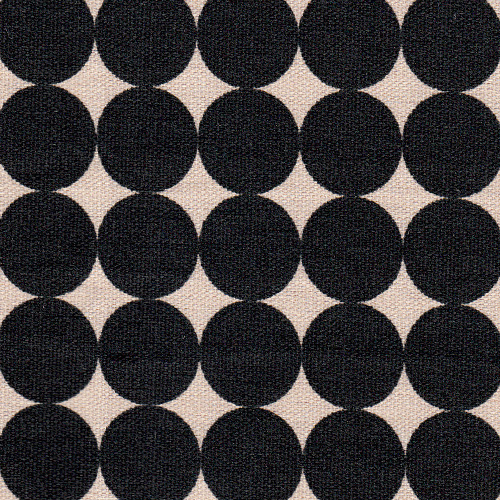 Marble Black
Marble Black -
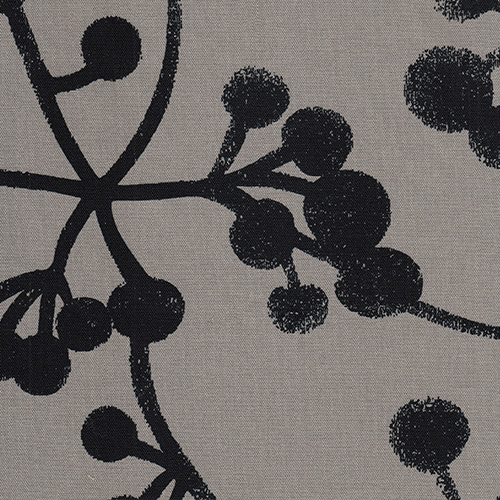 Suguri Black
Suguri Black -
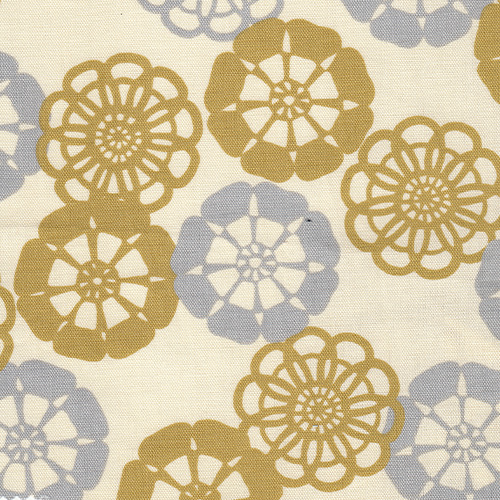 Floral Green
Floral Green -
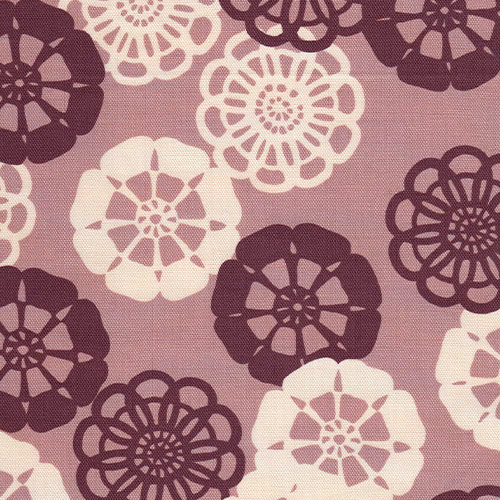 Floral Pink
Floral Pink -
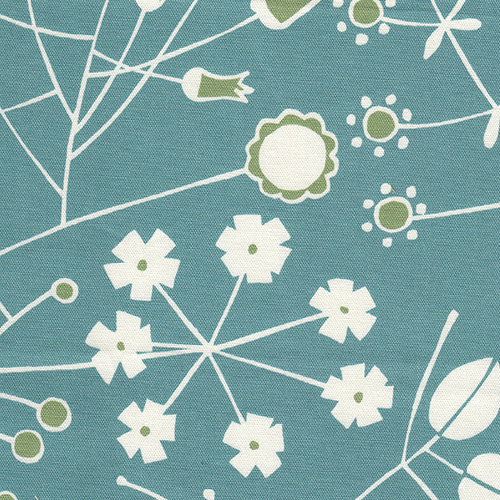 Bouquet Blue
Bouquet Blue -
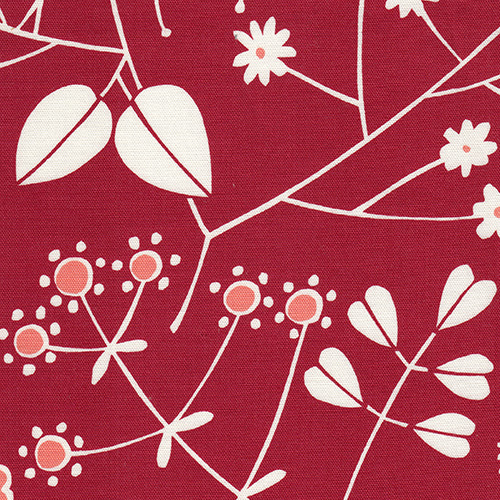 Bouquet Red
Bouquet Red
To utilize the color simulator, please select the cotton fabric shades from the first and second color tab available to create your desired color combination.
Cotton・Mura-zome Dyeing
-
 KinutaseijiSky Blue
KinutaseijiSky Blue -
 FujimurasakiPurple
FujimurasakiPurple -
 KikarachaBrown
KikarachaBrown -
 WasurenagusairoForget-me-not Blue
WasurenagusairoForget-me-not Blue -
 UrahairoPastel Green
UrahairoPastel Green -
 SatozakuraCherry Blossom Pink
SatozakuraCherry Blossom Pink -
 KinmokuseiOsmanthus Yellow
KinmokuseiOsmanthus Yellow -
 TorinokoBeige
TorinokoBeige -
 KamiyagamiGrey
KamiyagamiGrey -
 ChigusaNavy Blue
ChigusaNavy Blue -
 OkinagokeMoss Green
OkinagokeMoss Green -
 SuouWine Red
SuouWine Red -
 KyoukanokoRed
KyoukanokoRed -
 ShoubiRose Pink
ShoubiRose Pink -
 SharegakiOrange
SharegakiOrange -
 OnandoObsidian Black
OnandoObsidian Black -
 HihadaSepia
HihadaSepia -
 TsutsujiiroFuchsia
TsutsujiiroFuchsia -
 NanohanairoRape Blossom Yellow
NanohanairoRape Blossom Yellow -
 MoegiLeaf Green
MoegiLeaf Green -
 KuchinashiTangerine
KuchinashiTangerine -
 RangyokuAquamarine
RangyokuAquamarine -
 KachiiroDeep Indigo
KachiiroDeep Indigo -
 Arare Purple
Arare Purple -
 Arare Green
Arare Green -
 Arare Black
Arare Black -
 Arare Pink
Arare Pink -
 Arare Red
Arare Red -
 Sanshoku Arare (Tricolor Arare)
Sanshoku Arare (Tricolor Arare) -
 Shima Kinari
Shima Kinari -
 Shima Green
Shima Green -
 Shima Blue
Shima Blue -
 Shibori Green
Shibori Green -
 Shibori Pink
Shibori Pink -
 Shibori Black
Shibori Black -
 Hoshi Shippo Navy
Hoshi Shippo Navy -
 Hoshi Shippo Red
Hoshi Shippo Red
Cotton・ilda studio
-
 Bubble Haru (Bubble Spring)
Bubble Haru (Bubble Spring) -
 Bubble Fuyu (Bubble Winter)
Bubble Fuyu (Bubble Winter)
Cotton・Nordic Pattern
-
 meizu black
meizu black -
 meizu white
meizu white -
 meizu yellow
meizu yellow -
 Marble Black
Marble Black -
 Suguri Black
Suguri Black -
 Floral Green
Floral Green -
 Floral Pink
Floral Pink -
 Bouquet Blue
Bouquet Blue -
 Bouquet Red
Bouquet Red
色の由来について
The Origin of Colors
木綿
-
 No.001
No.001Kinutaseiji
(きぬたせいじ)- Sky BlueThe color of a clear blue sky, speckled with deep jewel-like tones reminiscent of the color of ancient Celadon pottery.
-
 No.003
No.003Fujimurasaki
(ふじむらさき)- PurpleA shade of lilac used to represent status in the late Meiji to Taisho period.
-
 No.004
No.004Kikaracha
(きからちゃ)- BrownA popular color in the early and mid-Edo period, used for kosode or short-sleeved Kimono.
-
 No.005
No.005Wasurenagusairo
(わすれなぐさいろ)- Forget-me-not BlueThe Japanese name Wasurenagusairo translates to the color of the Forget-me-not flower. The soft shade of blue is quintessential to the iconic Forget-me-not flower.
-
 No.006
No.006Urahairo
(うらはいろ)- Pastel GreenA green color flecked with silver, like the color on the back of an arrowroot leave. A popular choice among the people of Edo to make kimono.
-
 No.007
No.007Satozakura
(さとざくら)- Cherry Blossom PinkSakura is one of Japan’s national flower. This soft pink color perfectly represents Kyoto spring in full bloom.
-
 No.008
No.008Kinmokusei
(きんもくせい)- Osmanthus YellowLike the color of the fragrant osmanthus flower that blooms in the autumn breeze.
-
 No.009
No.009Torinoko
(とりのこ)- BeigeThe name torinoko means baby chick due to its color resemblance to the soft white color of eggshells.
-
 No.010
No.010Kamiyagami
(かみやがみ)- GreyName after the color that can be seen on the reverse side of a used traditional paper, where the color of the Chinese ink used on the other side peeked through.
-
 No.011
No.011Chigusa
(ちぐさ)- Navy BlueIts Japanese name was derived from the Asiatic dayflower known in Japan as tsuyukusa. A beautiful blue flower which's bloom only lasts for a day.
-
 No.012
No.012Okinagoke
(おきなごけ)- Moss GreenA grass-green color speckled with deep yellow tones, reminiscent of moss growing on the low mountain slopes.
-
 No.013
No.013Suou
(すおう)- Wine RedA purplish-red color that was made by extracting dye from the Indian redwood tree, which is also sometimes used as a purple color substitute.
-
 No.014
No.014Kyoukanoko
(きょうかのこ)- RedA true red color, taken from the madder root. The name was inspired by one of the Kyokako Musume Dojoji's kabuki dances.
-
 No.015
No.015Shoubi
(しょうび)- Rose PinkThe color is reminiscent of the colors of rose petals. Named using the old Japanese word for a rose which was shoubi.
-
 No.016
No.016Sharegaki
(しゃれがき)- OrangeIn the past this color used to be called sarashigaki. But during the Edo period, the name changed into a more fashionable name.
-
 No.017
No.017Onando
(おなんど)- Obsidian BlackThe name onando translates to the storage room. It is thought that the name comes from the darkness inside a storage cupboard, although there are many theories.
-
 No.018
No.018Hihada
(ひはだ)- SepiaThis color is reminiscent of the Japanese cypress tree bark. In the past, it is said that the color was favored by feudal warlords.
-
 No.020
No.020Tsutsujiiro
(つつじいろ)- FuchsiaThe name tsutsujiiro translates to the color of the azalea flower. The color was fittingly named after the beautiful pink petals of the azalea flower.
-
 No.021
No.021Nanohanairo
(なのはな)- Rape Blossom YellowThe bright yellow color represents the beautiful color of the rape blossom that blooms in the spring.
-
 No.022
No.022Moegi
(もえぎ)- Leaf GreenA traditional name for the serene yellow-green, which resembles the color of new green leaves.
-
 No.023
No.023Kuchinashi
(くちなし)- TangerineDyed using the safflower's buds, which produces a warm reddish-yellow color reminiscent of the vibrant orange day-lily flower.
-
 No.169
No.169Rangyoku
(らんぎょく)- AquamarineRangyoku is the color in between blue and green which got its name from the Japanese name of aquamarine. Reminiscent of the beautiful blue-green sea flecked with gem-like sunlight reflecting on its surface. "
-
 No.191
No.191Kachiiro
(かちいろ)- Deep IndigoInspired by the indigo color derived from the traditional Persicaria tinctoria plant. The leaf of the plants is crushed and pounded down to extract the beautiful indigo dye. The kanji character 褐 itself has the meaning of the dark indigo color. Its pronunciation is similar to one of the pronunciation kanji characters 勝 which means victory. In the past, the military commander would adorn this color with their armor to ensure a victory.
本麻
-
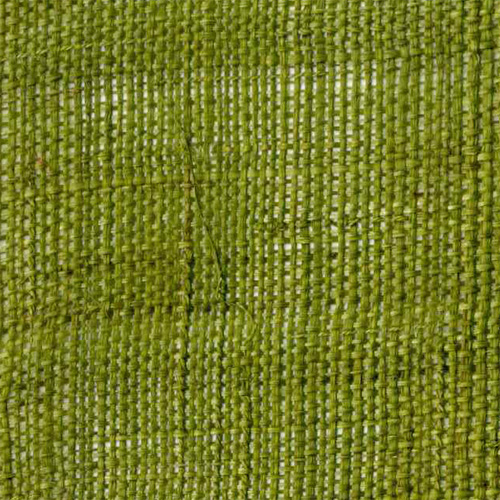 No.087
No.087Naeiro
(なえいろ)- Bright GreenA bright yellow-green color. The kanji character of its Japanese name translates to the color of rice seedling.
-
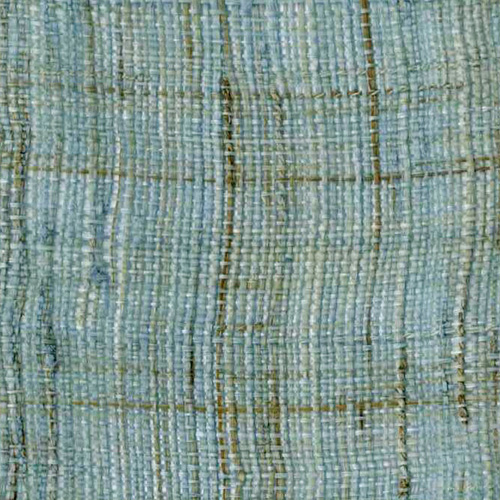 No.088
No.088Asahanada
(あさはなだ)- BlueA pale blue color achieved by using an indigo dye. The word hanada is an old Japanese name for blue.
-
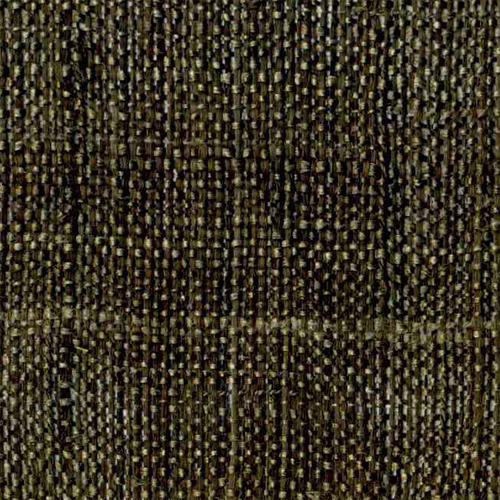 No.089
No.089Aonibi
(あおにび)- Dark GrayGrey color with a hint of a blue undertone, that was very popular in the late Edo period.
-
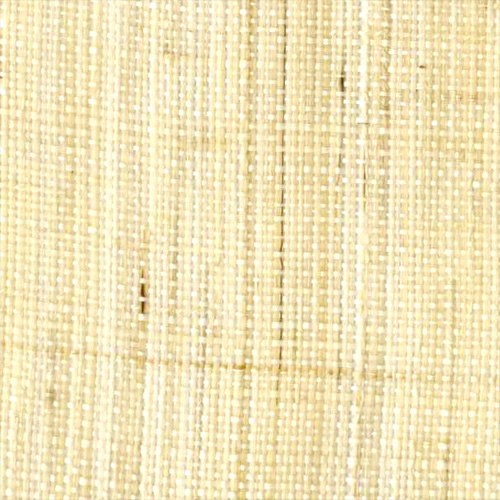 No.090
No.090Torinoko
(とりのこ)- BeigeThe name torinoko means baby chick due to its color resemblance to the soft white color of eggshells.
-
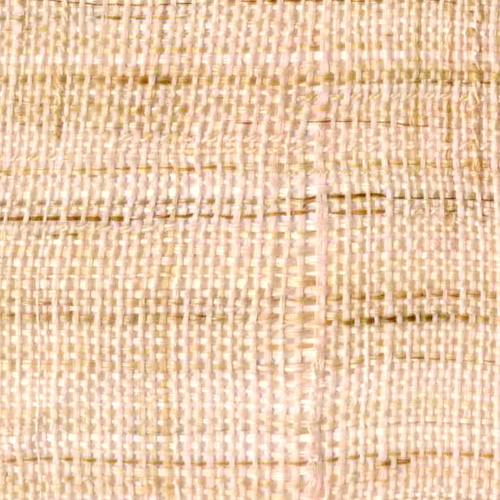 No.091
No.091Hanabiramochi
(はなびらもち)- PinkThis color was named after the hanabiramochi or the flower-petal cake. It is a rice cake dessert, filled with sweet cooked burdock root and red bean paste.
-
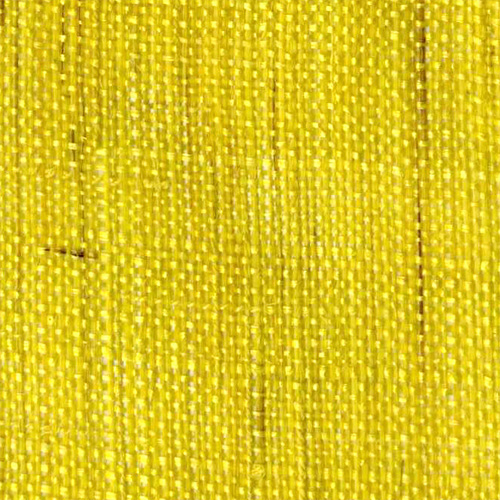 No.092
No.092Tachibana
(たちばな)- YellowTachibana orange is a local Japanese citrus. It is thought to be a magical fruit of longevity.
-
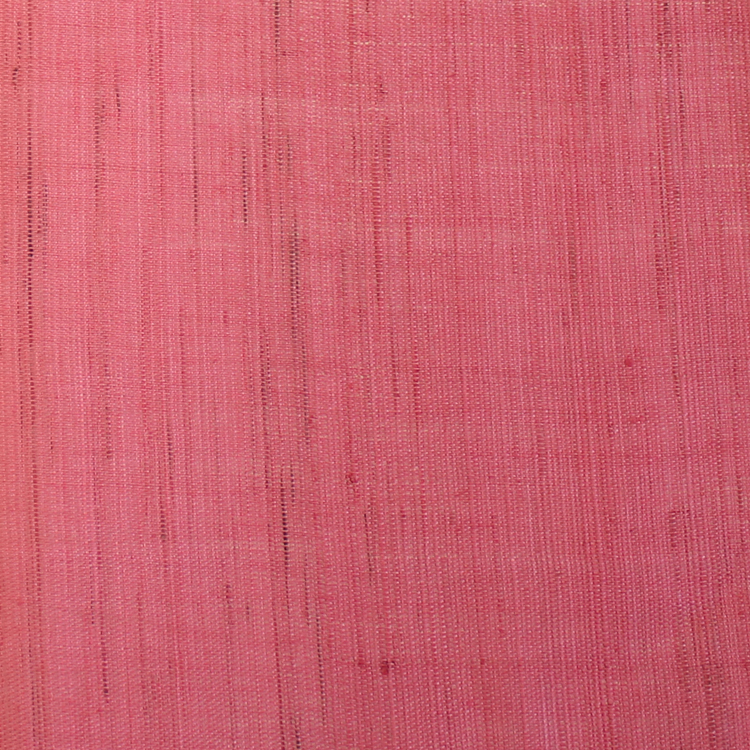 No.093
No.093Sekichiku
(せきちく)- Burnt OrangeThe color name sekichiku is taken from the china Pink flower. Its beautiful vibrant color is fitting to the color of this fabric.
-
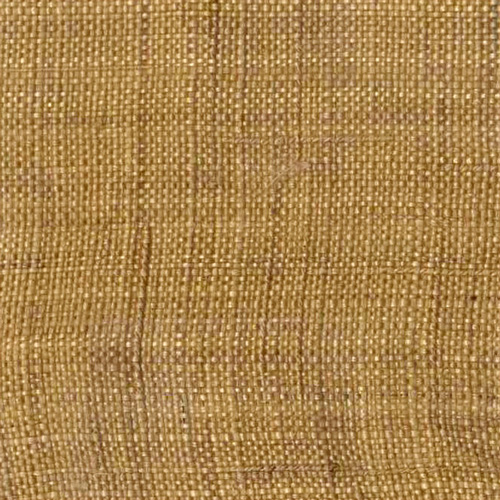 No.094
No.094Chojicha
(ちょうじちゃ)- Light BrownA yellow-brown color made using the chojizome dyeing technique, which dates back to the Heian Period.
-
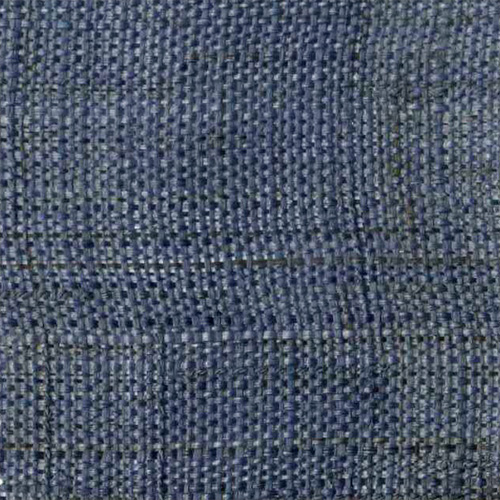 No.095
No.095Sorairo
(そらいろ)- Navy blueA bright indigo blue color that received much loved in the prosperous years of the Genroku Period.
-
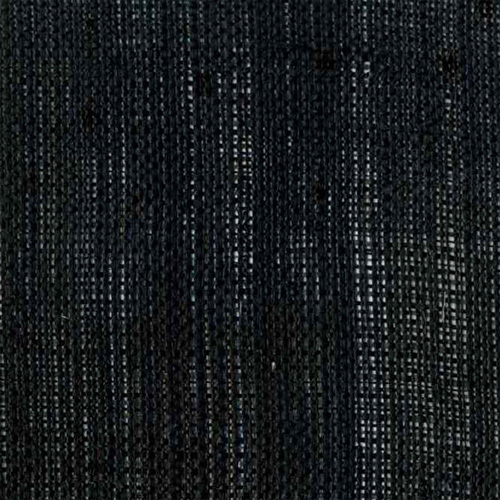 No.096
No.096Sumi
(すみ)- BlackAn almost deep dark gray shade that resembles the color of concentrated black ink.
-
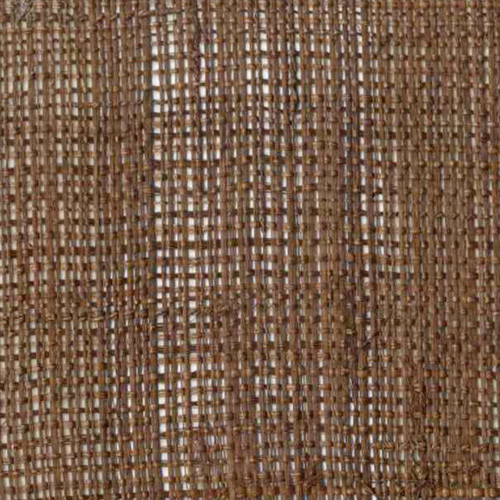 No.097
No.097Sabie
(さびえ)- Dark BrownColor often is seen on an ancient Kyoto ware, which uses dark brown rust-colored iron paint on its design.
-
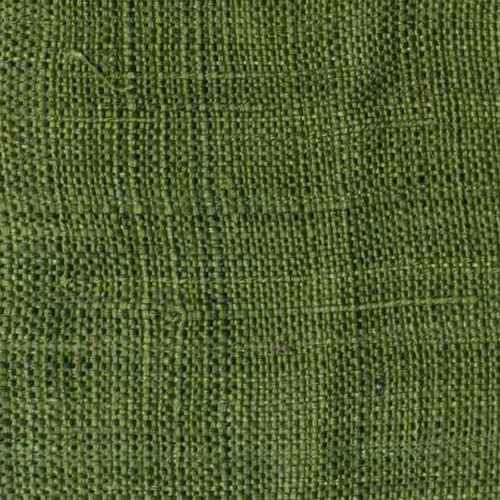 No.098
No.098Tencha
(てんちゃ)- Dark GreenThis color is a dark green color of Japanese tea. It creates the nostalgic feeling of the sweet scent and aromatic flavor of Kyō Uji tea.
-
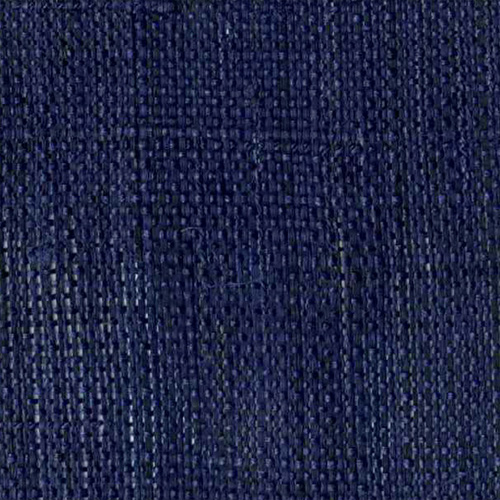 No.099
No.099Indoai
(いんどあい)- IndigoA beautiful deep blue color that was made by weaving indigo-dyed thread.
-
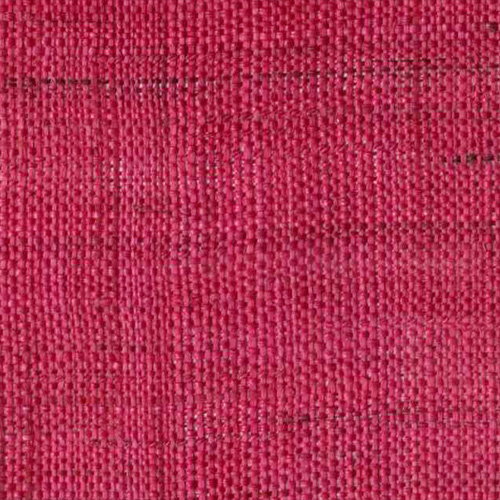 No.100
No.100Tsutsujiiro
(つつじいろ)- Vivid pinkThe name tsutsujiiro translates to the color of the azalea flower. The color was fittingly named after the beautiful pink petals of the azalea flower.
-
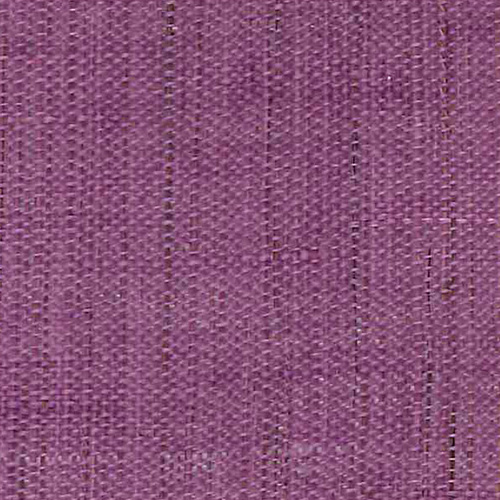 No.101
No.101Fujimurasaki
(ふじむらさき)- PurpleA shade of lilac used to represent status in the late Meiji to Taisho period.
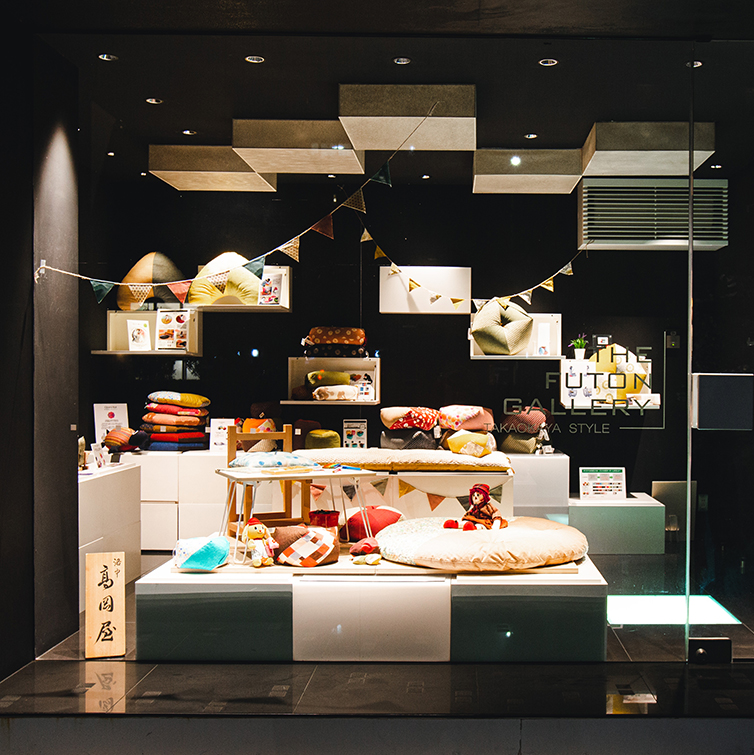
洛中髙岡屋 本社・ショップ&ギャラリー
Shop
Gallery
-
Tel / Fax
+81 (0)75-341-2251 / +81 (0)75-341-2255
-
Location
242 Kintoyokocho, Shimogyo-ku, Kyoto, 600-8331, Japan
-
E-mail
intl@takaokaya-kyoto.jp
-
Hours
09:30 - 17:30
(closed on Sunday, public holiday, and some Saturdays).2024. 10Sun Mon Tue Wed Thu Fri Sat 29301234567891011121314151617181920212223242526272829303112Closed

